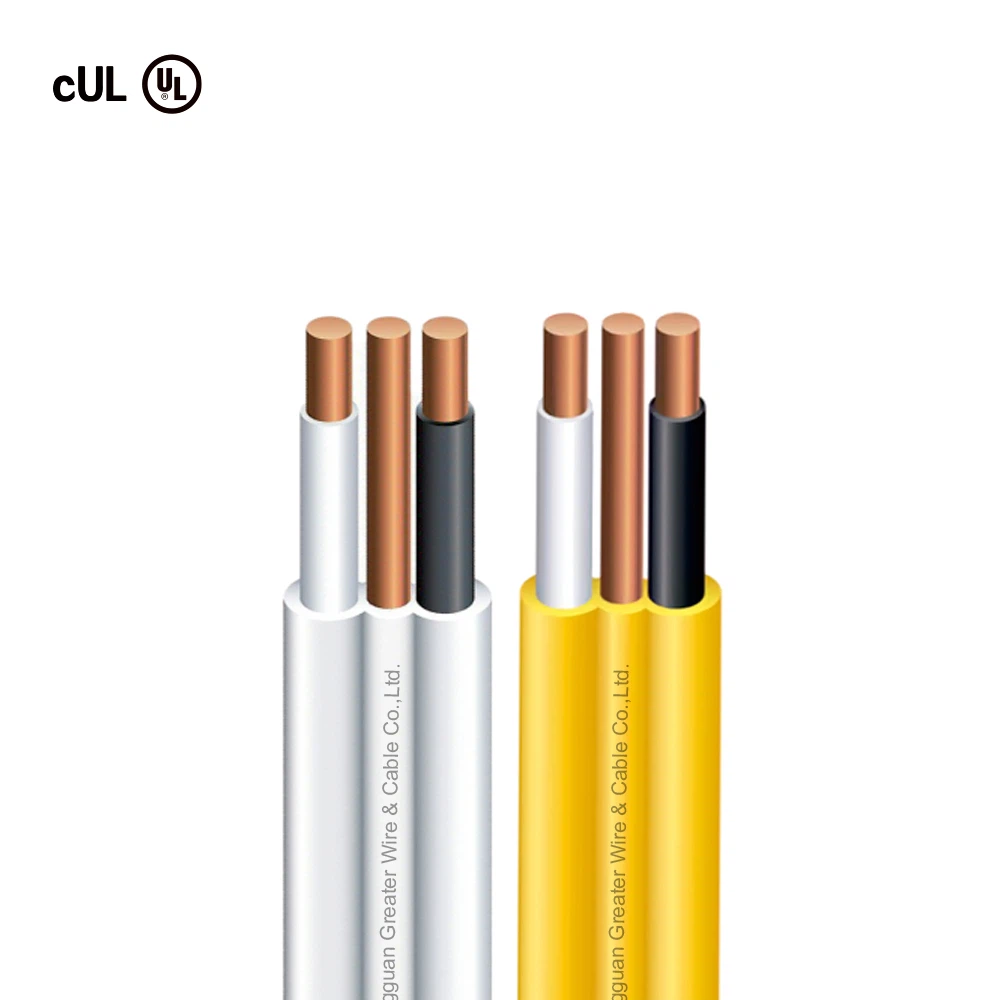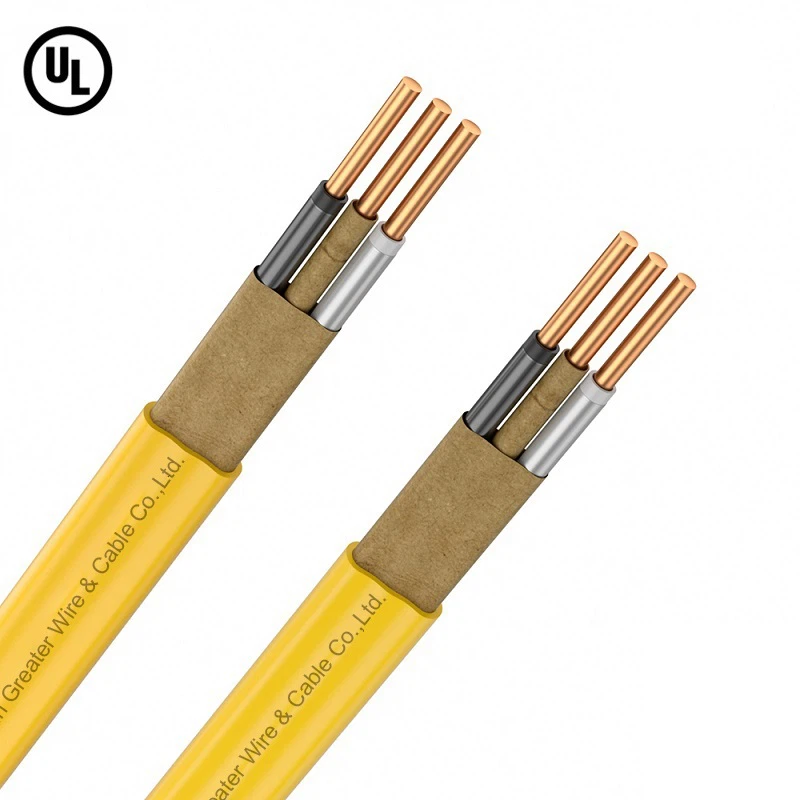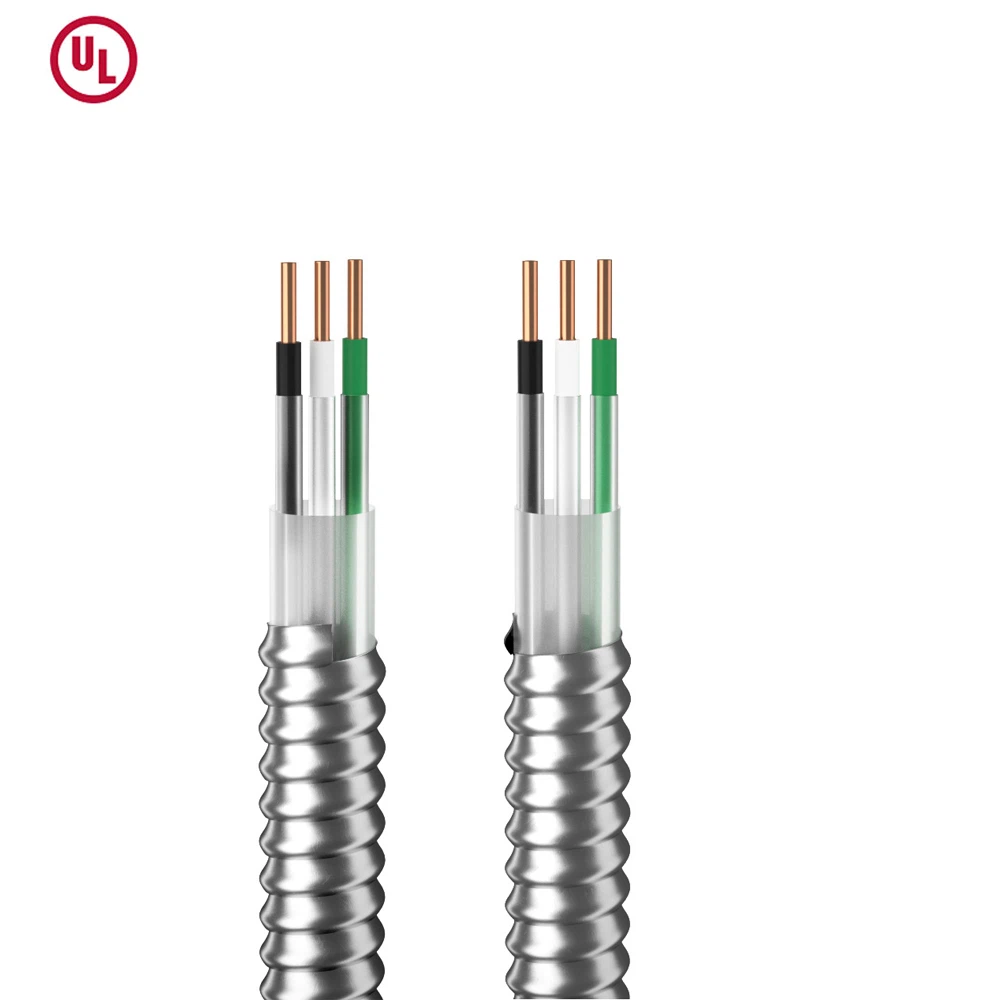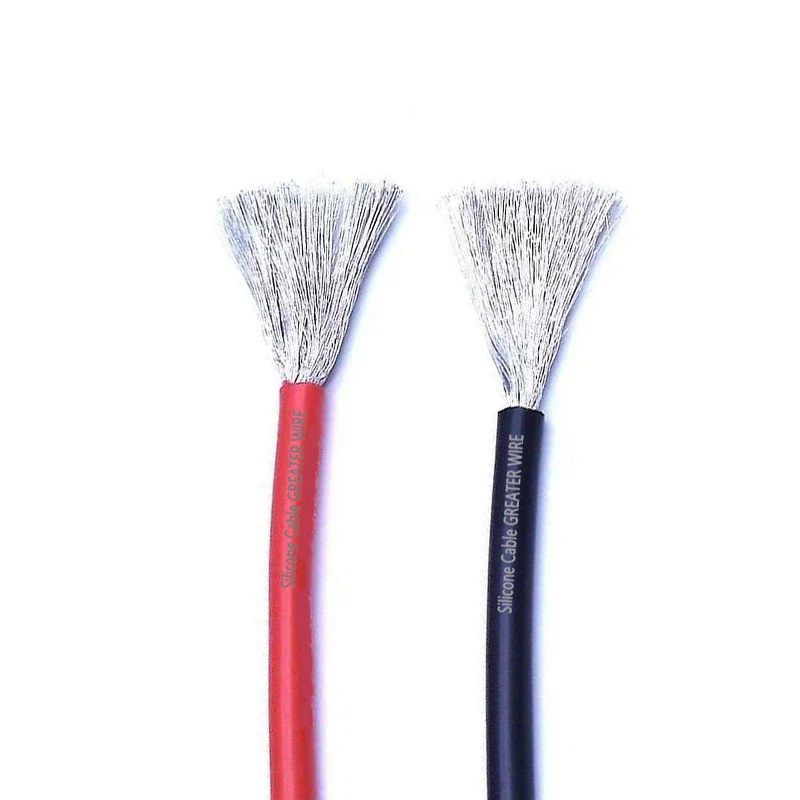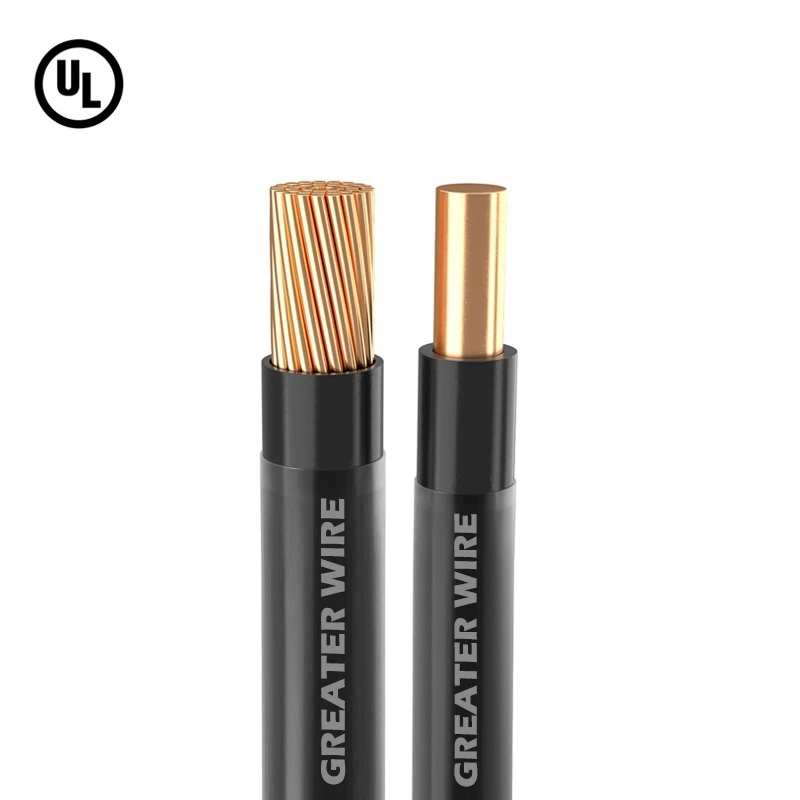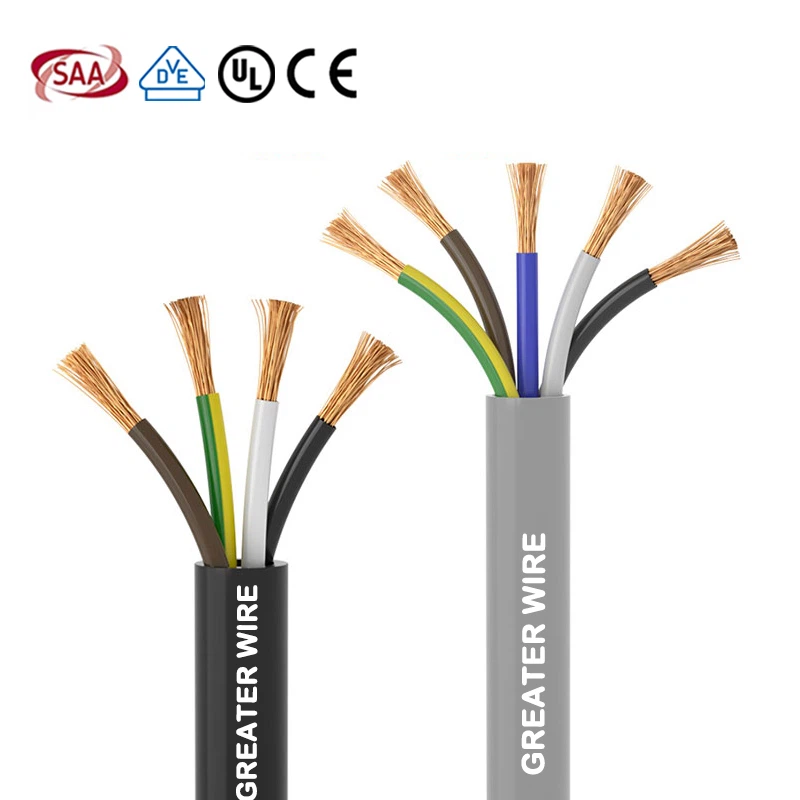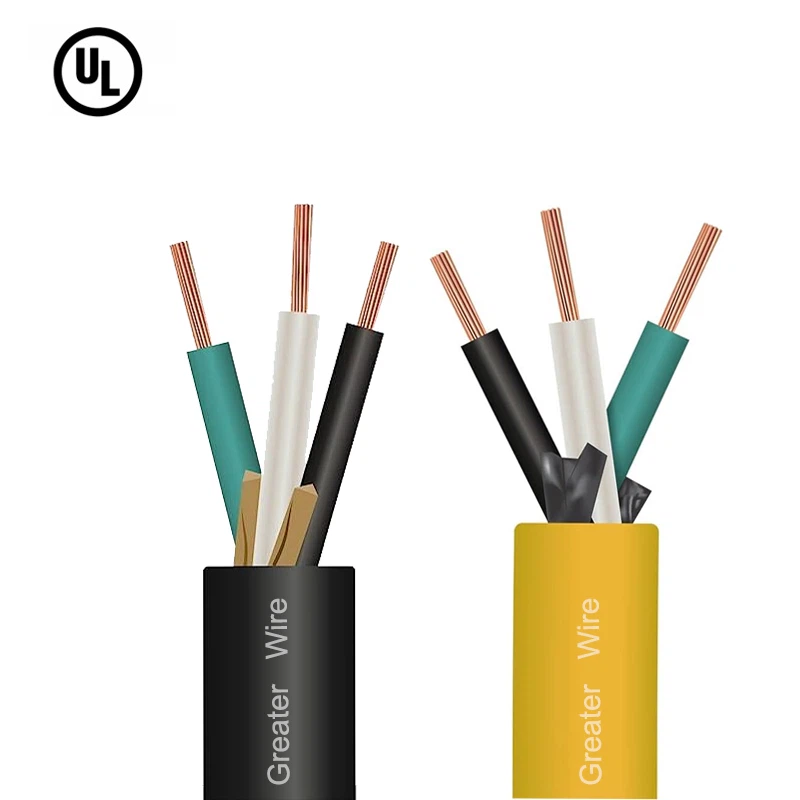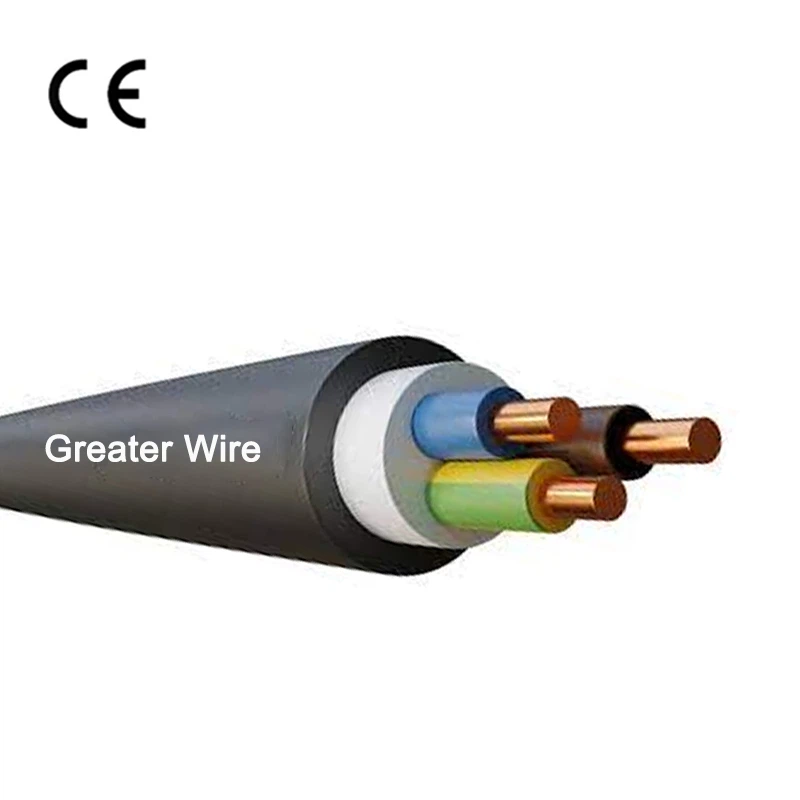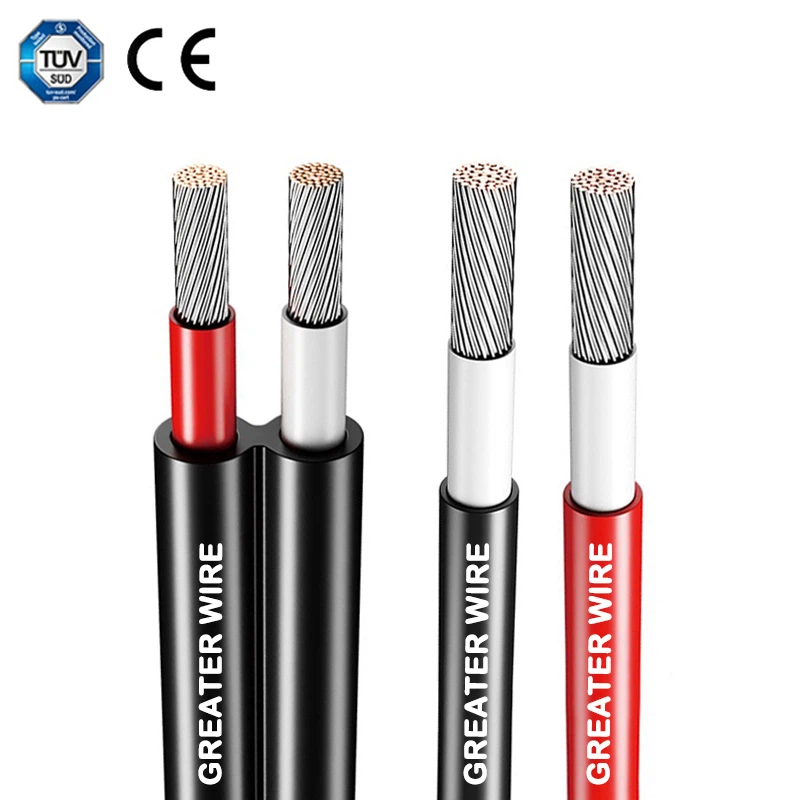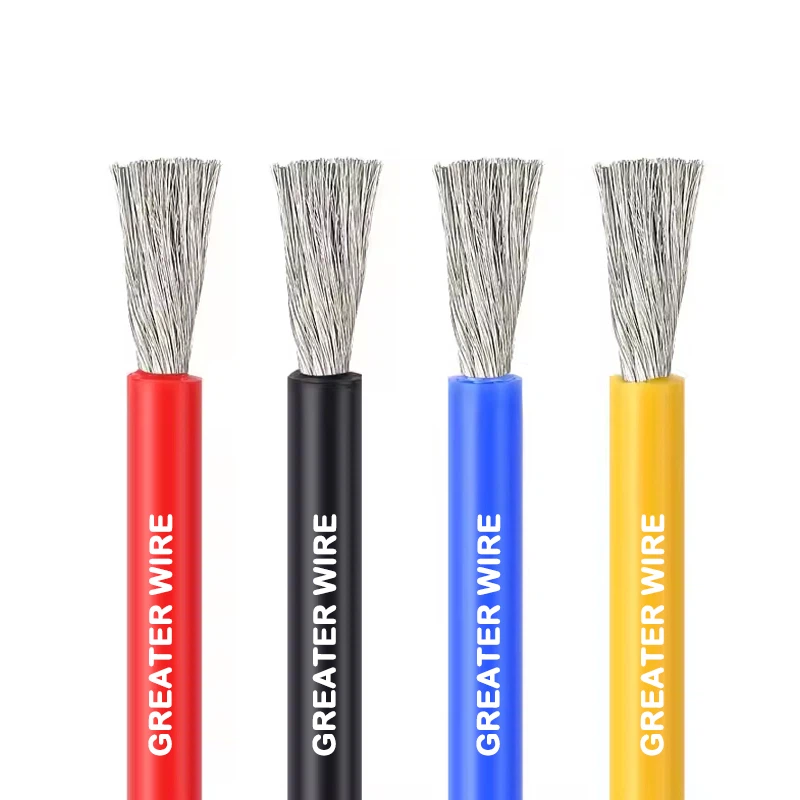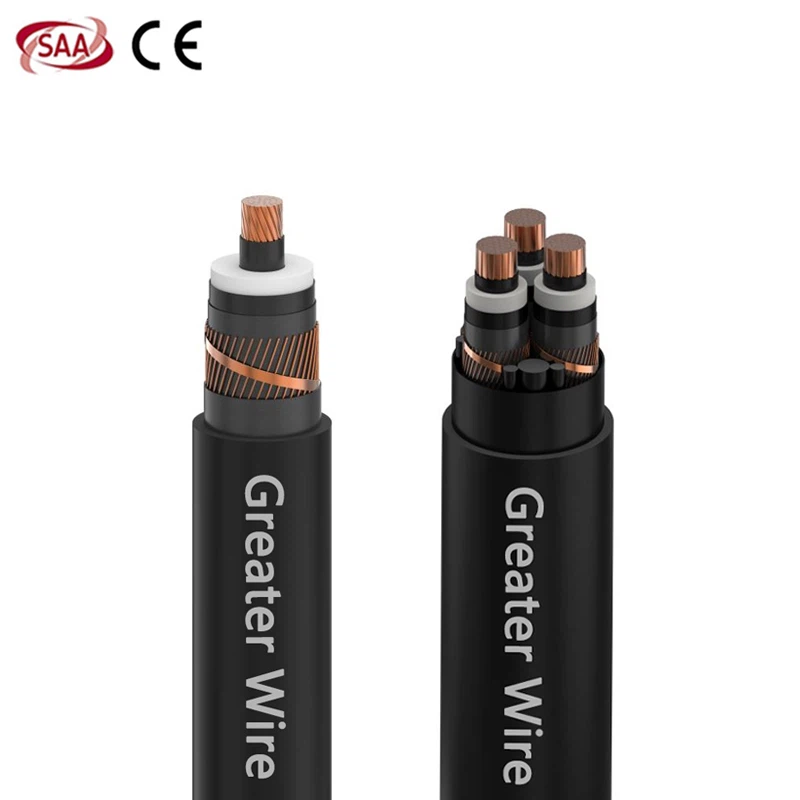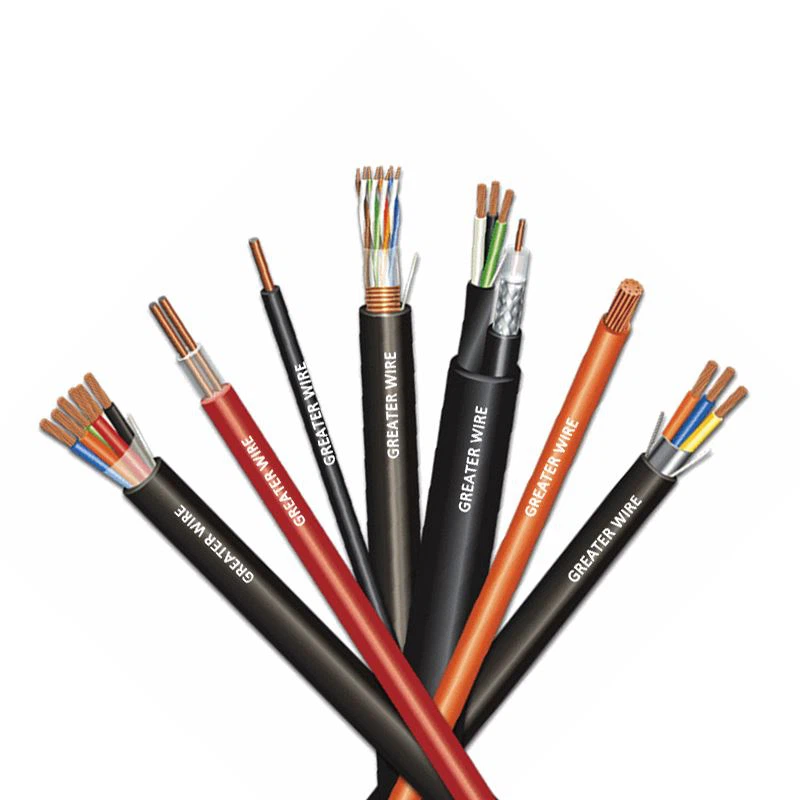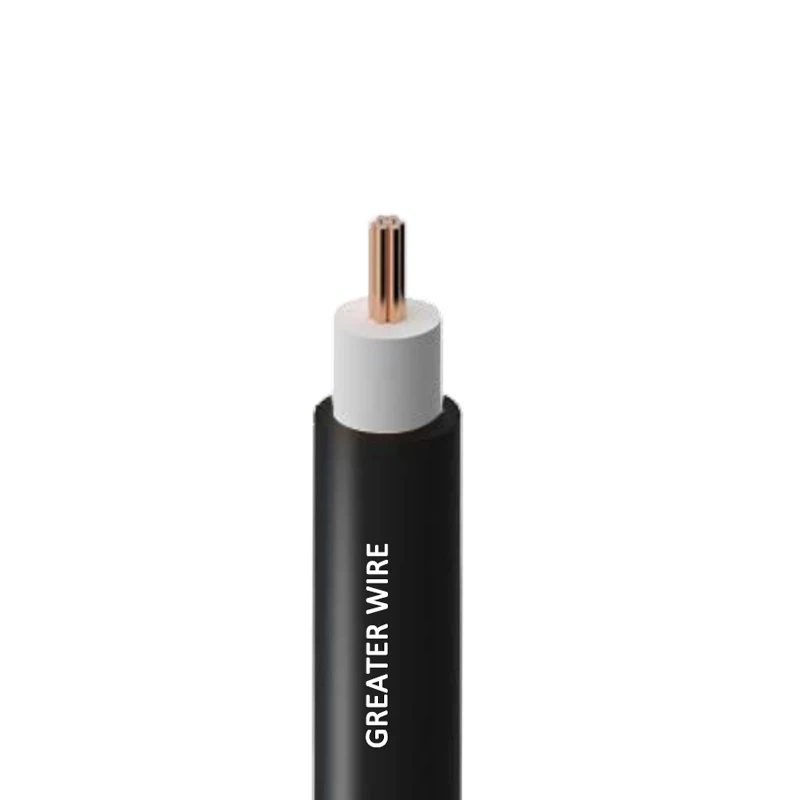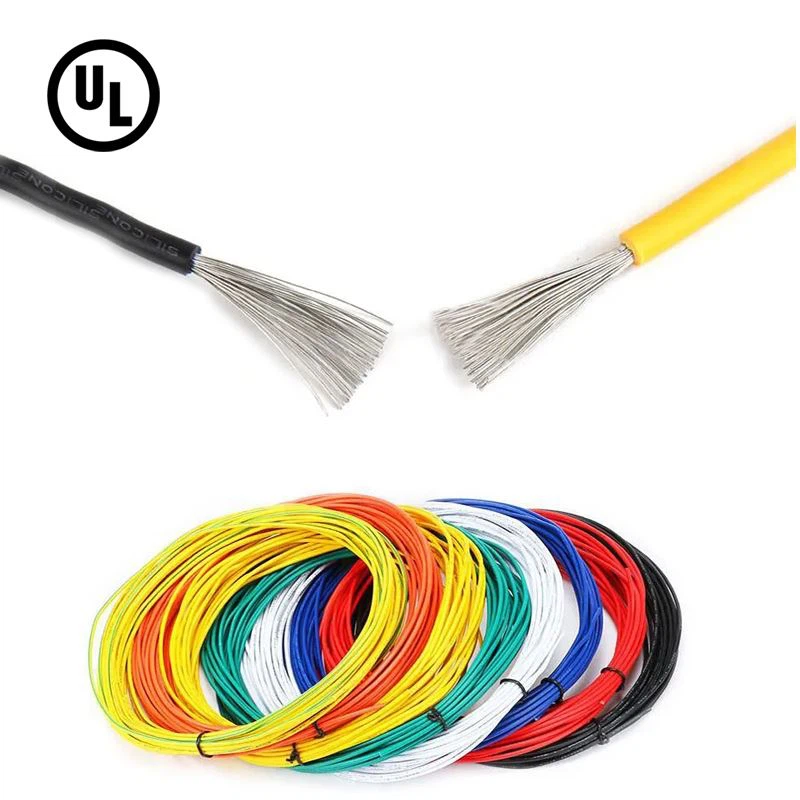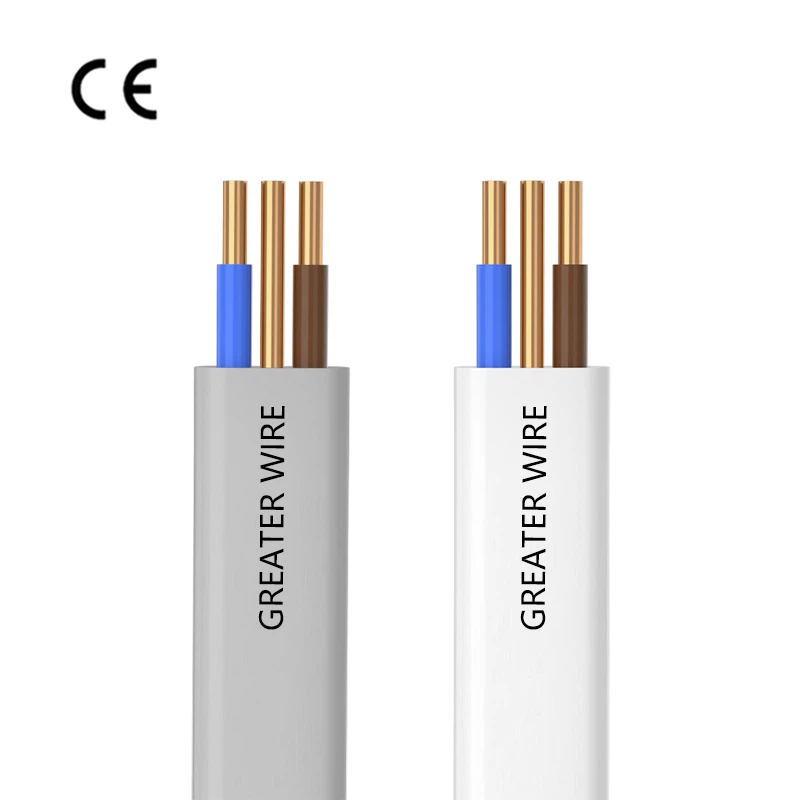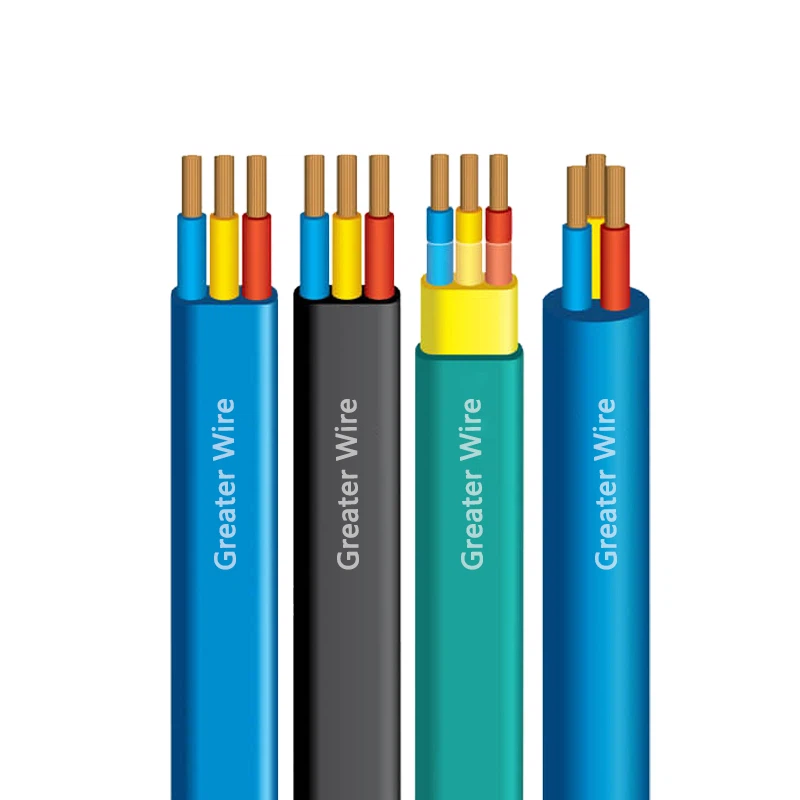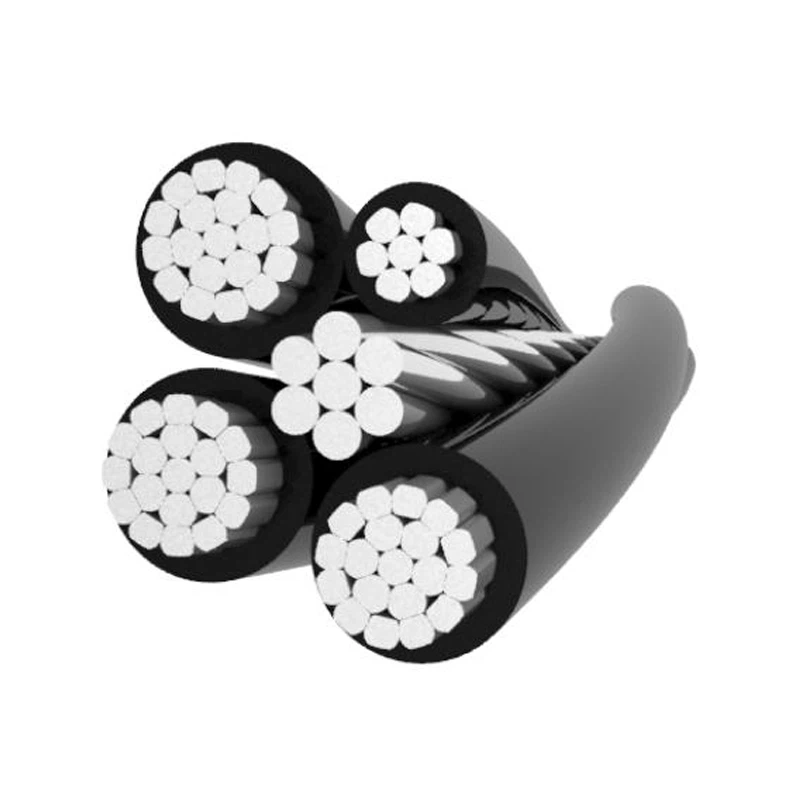In the global solar power industry, the efficiency and safety of solar systems rely on the good cooperation of many key components. Among these components, PV connectors (photovoltaic connectors) play a vital role as an important part of electrical connection and power transmission. In order to better understand the working principle of PV connectors and their relationship with solar cables and solar wires, this article will explore these technical terms and their role in solar systems.
1. What is a PV connector?
PV connectors are electrical connection components used to connect solar panels, inverters, distribution boards and other equipment in photovoltaic systems. PV connectors are usually waterproof, dustproof and UV-resistant, and can work for a long time in harsh environments, so they are a vital part of photovoltaic systems.

2. Solar Cable and Solar Wire
Solar Cable
Solar Cable is a wire used for power transmission in photovoltaic systems. It usually consists of two parts: conductor and insulation layer. The conductor is often made of copper or aluminum, while the insulation layer uses high temperature and UV-resistant materials such as polyvinyl chloride (PVC) or cross-linked polyethylene (XLPE). Solar cables are designed to ensure that current can be efficiently and safely transmitted from solar panels to inverters and other components, while also being able to resist environmental factors such as sunlight, moisture, and temperature fluctuations.
Solar Wire
Solar wires usually refer to the single wire section of solar cables. In photovoltaic systems, the quality of the wire directly affects the transmission efficiency and safety of the system. The specifications of solar wires must meet certain standards, common standards include UL certification (USA) and TÜV certification (Europe). The main difference between solar wires and cables is that cables are usually a collection of multiple wires, while wires refer to one of them, which is usually used for power transmission and wiring connections.

3. How do PV connectors relate to solar cables and wires?
In solar systems, PV connectors are used to connect solar panels to other devices such as inverters, distribution boxes, etc. Solar cables or wires are electrically connected through PV connectors, which need to have efficient electrical contact capabilities to ensure that current can flow stably.
Efficient connection
One of the main functions of PV connectors is to provide efficient electrical connections. When solar panels are connected to inverters through cables, current must flow through the connectors. A good PV connector can reduce resistance, thereby reducing power loss and improving the efficiency of the system.
Protection function
Since solar systems are often exposed to outdoor environments, PV connectors are usually designed to be waterproof, dustproof, UV-resistant, and able to withstand temperature changes. These characteristics also apply to solar cables and wires. The connector can protect cables and wires from external environmental factors, thereby extending their service life.
Safety
Safety is one of the most important considerations in photovoltaic systems. PV connectors need to ensure that cables or wires will not cause arcing or overheating problems due to poor contact when connected. High-quality connectors can effectively prevent electrical failures and ensure the long-term safe operation of the system.
Easy installation and maintenance
Modern PV connectors are usually designed to be quick to connect and quick to disassemble, which can simplify the installation and maintenance process. This is especially important for operation and maintenance in remote areas or large-scale photovoltaic power plants. Solar cables and wires are easily and quickly connected to the system through these connectors, reducing the complexity of manual operation.

4. Common types of PV connectors
There are many different types of PV connectors on the market. Their design, application and performance standards may be slightly different, but basically they all follow a common set of standards to ensure the safety and reliability of photovoltaic systems. Common PV connector types include the following:
MC4 connector
The MC4 connector is one of the most common connector types in photovoltaic systems and is widely used for connections between solar panels and other components. The MC4 connector adopts a quick access design, has a high protection level (IP67), and can withstand harsh environmental conditions. The plug-in design of the MC4 connector makes installation easier, and has an anti-reverse connection function to ensure that the connection is not easily misconnected.
Tyco connector
The Tyco connector is a common solar panel connector, which is usually used in more complex photovoltaic systems. Its design focuses on the reliability and stability of the connection and is suitable for high-power, large-scale photovoltaic power generation systems.
H4 connector
The H4 connector is another type of connector widely used in solar power systems. It is designed for easy maintenance and replacement, and has high durability in long-term use. Compared with the MC4 connector, the H4 connector has a higher current carrying capacity and is suitable for larger-scale photovoltaic projects.

5. Selection of cables and connectors in solar power systems
In the design of photovoltaic systems, it is crucial to select the right solar cables and connectors. Multiple factors need to be considered when selecting, including the system's voltage, current, installation environment, climate conditions, and maintenance requirements.
Voltage and Current
Different PV systems have different voltage and current requirements, so when selecting cables and connectors, you need to ensure that they can withstand the corresponding electrical load. High-voltage systems may require the use of higher-specification cables, while low-voltage systems can choose more common specifications.
Environmental adaptability
If the PV system is installed in extreme climate conditions, such as high temperature, high humidity, strong ultraviolet radiation, etc., the selected cables and connectors must have good weather resistance. High-quality solar cables and connectors can ensure that the system works properly for many years under these conditions.
Durability and safety
The durability and safety of solar cables and connectors are equally important. They must be resistant to wear, high temperature, UV and water, etc. to ensure that there will be no failures in long-term use.



